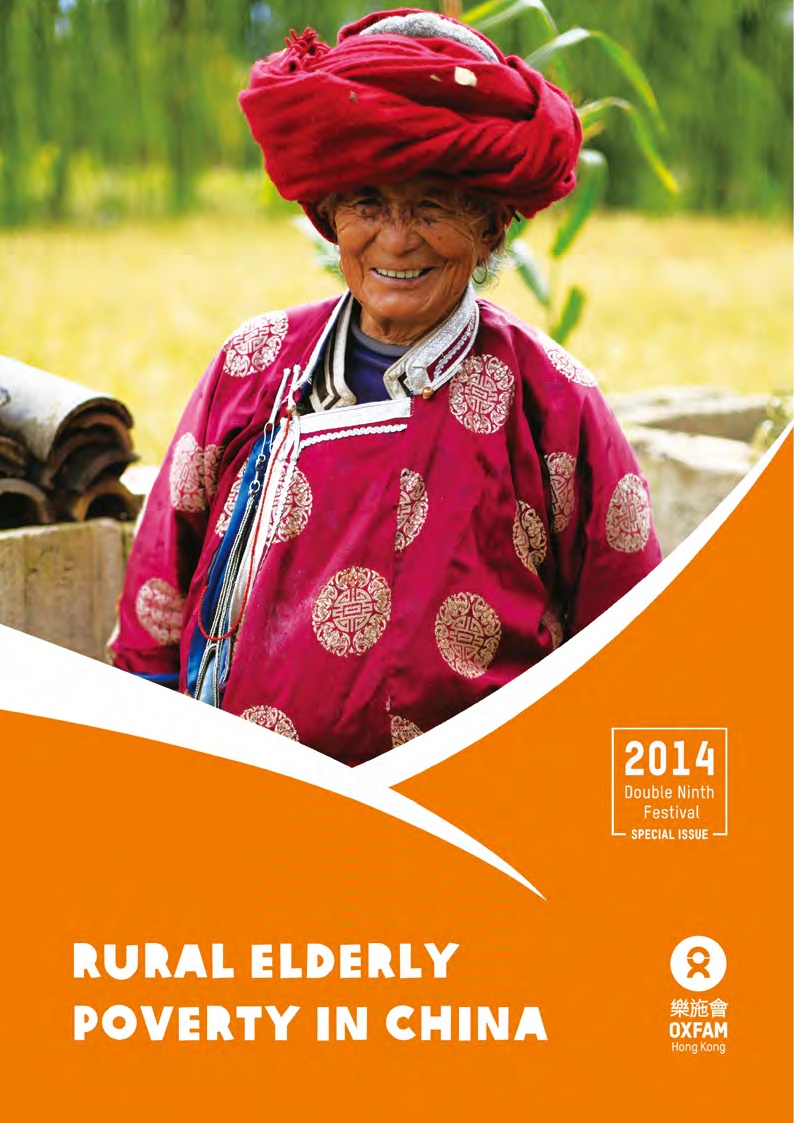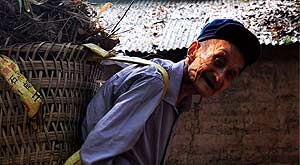Rural Elderly Poverty in China [Full Text]
chinagate.cn, October 15, 2014 Adjust font size:
Hongkong-based NGO Oxfam recently has launched a research report on China's rural elderly, calling for more attentions to this marginalized group.
Chinese rural areas are experiencing a process of fast-paced marketization and urbanization, which heavily impacts on elderly people’s lives. Although the rapid economic development and ongoing state efforts to enhance the social security system have made great progress in improving living conditions for the elderly poverty population, much remains to be done, as rural elderly poverty continues to demand greater social attention. For historical reasons, this generation of elderly people have not had the chance to accumulate many assets during their labor age. Moreover, the level of social security benefits the state currently provides is low and need to be improved.
In spite of being the world’s second largest economy, China’s GDP per capita is very low due to its big population. What is more, because of low levels of economic development, many Chinese people get old before they get rich enough to support them in their later life. By the end of 2013, 2,024.3 million people were over 60, that was 14.9% of the population.1 The proportion of elderly is even higher in rural areas. The slow increase in population and the fast growth in rural young people migrating to urban areas leave a very high number of elderly residents behind. In many villages, young people are rarely seen. Statistics show that nearly 60% of the 200 million senior people in the state are living in rural areas.2 The ageing rural population not only hinders rural economic development, but also aggravates the living situation for elderly people left-behind in the villages.



